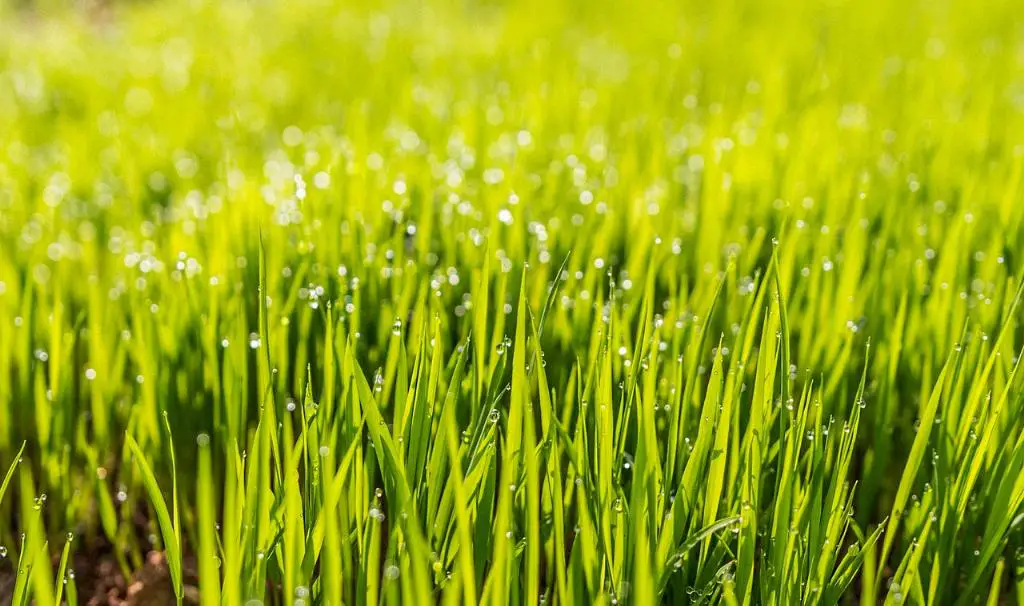So, you’ve taken the time and effort to overseed your lawn, and now you’re left wondering when it’s the right time to mow. Let’s delve into this common question to ensure you’re giving your newly overseeded grass the best care possible.
According to experts like Bryan Clayton from GreenPal, a good rule of thumb is to wait until about 70-80% of the new grass reaches around 3 inches in height. This indicates that your grass has had ample time to establish itself and is strong enough to withstand a mowing.
It’s crucial to remember that the growth rates of grass can be influenced by various factors such as the type of grass you’ve overseeded with and the local growing conditions. These factors play a significant role in determining the timing of your first mow after overseeding.
Typically, you can expect to mow your newly overseeded lawn approximately 3-4 weeks after overseeding. This timeline allows the grass to germinate, take root, and begin to establish itself before being cut. By waiting for this period, you’re giving your lawn the best chance to thrive.
Mowing too early after overseeding can have adverse effects on the new grass. It’s essential to allow the grass to grow to a sufficient height before mowing to avoid damaging the delicate new shoots and roots.
When the time comes to mow your freshly overseeded lawn, ensure that your lawnmower blades are sharp to create clean cuts that promote healthy growth. Dull blades can tear the grass instead of cutting it cleanly, leading to stress on the grass plants.
Another vital consideration when deciding when to mow after overseeding is the weather conditions in your area. Avoid mowing when the grass is wet, as this can lead to clumping and uneven cuts, which may hinder the growth of your new grass.
Pay attention to the overall health and appearance of your newly overseeded lawn before mowing. If you notice any areas that are slow to grow or appear weaker than others, give them extra time to establish themselves before mowing to prevent stress on these areas.
After mowing your newly overseeded lawn for the first time, adjust your mower height to ensure you’re not cutting the grass too short. It’s advisable to mow at a higher setting to allow the grass to maintain its strength and promote deeper root growth.
Regular mowing is essential for the overall health of your lawn, but it’s crucial to strike a balance between maintaining a well-manicured lawn and allowing your newly overseeded grass to grow and establish itself. Remember that patience is key when it comes to mowing after overseeding.
By following these guidelines and paying attention to the growth and condition of your overseeded lawn, you can determine the optimal time to mow and ensure that your grass continues to thrive and flourish.
In conclusion, knowing when to mow your lawn after overseeding is a critical aspect of lawn care that can significantly impact the health and appearance of your grass. By being mindful of the growth stages of your new grass and considering factors such as grass type, local conditions, and mower maintenance, you can make informed decisions that contribute to a vibrant and lush lawn.

